Guitar World Verdict
Walrus Audio isn’t the first company to put a basic/budget range of pedals out recently, but the company has done it in the most stylish way. These Fundamental Series pedals look great, sound equally good and give you solid sonic alternatives in a single unit.
Pros
- +
Compact size and footprint.
- +
Sound quality.
- +
Three distinct sounds in each pedal.
- +
Ergonomic slider interface.
Cons
- -
Power socket placement.
You can trust Guitar World
Up until now, Walrus Audio seems to have specialised in the more complex side of effects pedals, many with fancy graphics. The company’s new Fundamental Series, however, couldn’t be further from that ethos, with a minimalist yet stylish black finish.
There are no fancy names here, either; these get straight to the point. If you want a distortion pedal, it’s simply called Distortion, and so on for another seven of the most popular effects pedal genres – Drive, Fuzz, Tremolo, Chorus, Phaser, Delay and Reverb.
The new series has been designed as a back-to-basics collection with simple controls, a small footprint and a lower price but without any skimping on sound quality.
There’s plenty of versatility to be found here, too: each has a three-way switch to call up different modes – the Reverb pedal, for example, offers Hall, Spring and Plate reverbs. The rest of the control surface consists of sliders, rather than knobs, to adjust parameters. These feel nice and solid, and each has a centre detent position as a starting point for your tweaking.
While each pedal follows exactly the same format and is nicely sized to make good use of pedalboard space, the power socket is unfortunately sited on the side. This was probably necessary because of space restrictions and circuitry, but we would have liked to have seen it between the I/O connections at the top end, so you could put together a neat row of pedals side by side with no gaps.
Drive, Distortion, Fuzz
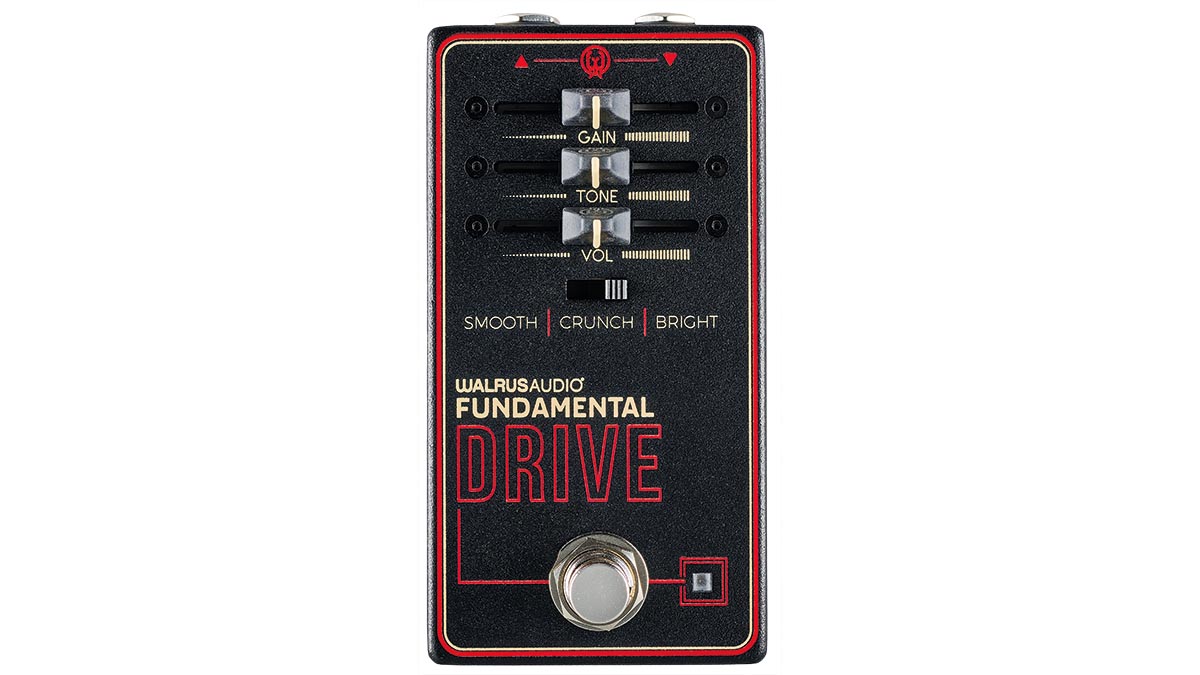
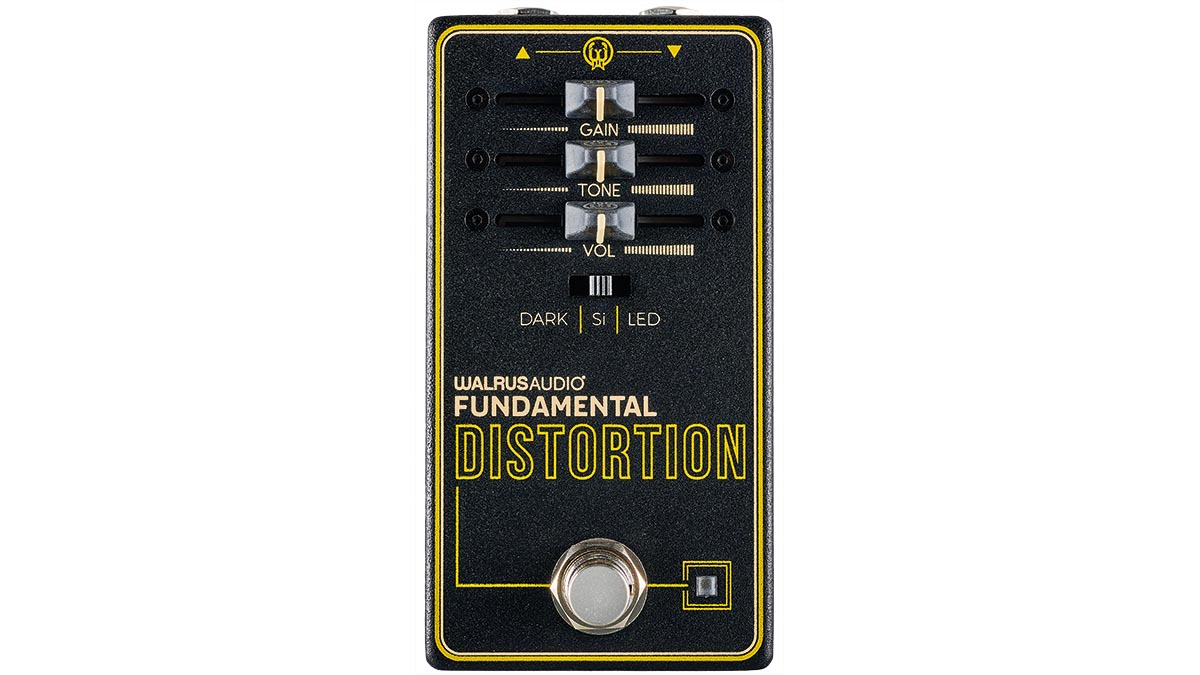
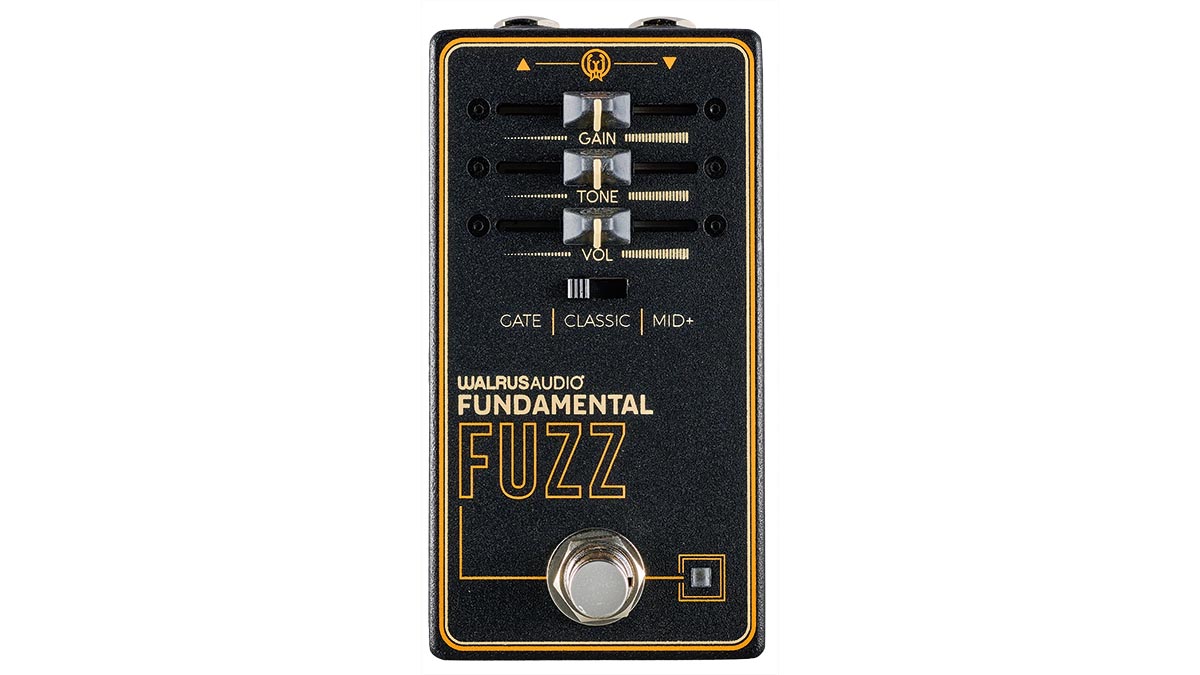
Building the Fundamental range on a solid foundation are three new dirt pedals. Drive, Distortion and Fuzz all feature a standard triumvirate of Gain, Volume and (wide-ranging) Tone controls and distinct modes that gives them a real three-in-one versatility.
The Drive pedal has Smooth, Crunch and Bright modes, all based around silicon clipping diodes. Smooth offers typical soft clipping, and Crunch adds in a little hard clipping for more of a raspy edge and also boasts a more fulsome low-end. By contrast, Bright is a lot leaner with a low-end cut before the clipping stage and will give you something that will cut through. Between the three, just about all overdrive pedal scenarios are covered from a boost with some grit to fully driven raunch.
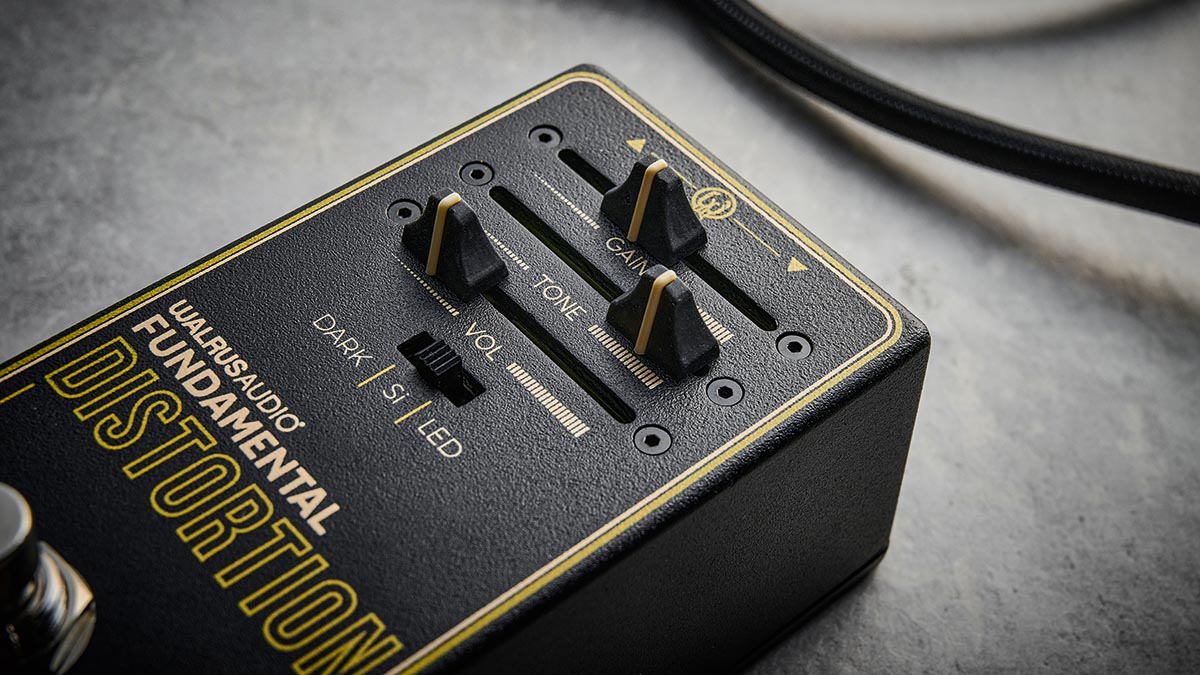
Moving up a notch next, if you want something a little more saturated we get to the Distortion and its three clipping options. Dark and Si both feature silicon clipping, but the former’s high-frequency cut gives it a weightier vibe. There’s also a set of hard-clipping LEDs, a little louder with some tasty compression.
There are plenty of ways to go with a fuzz pedal and the Fundamental Fuzz reflects that versatility. Classic mode is a traditional fuzz with a mid scoop, while the Mid+ mode puts the mids back with smooth sustain that’s great for a dollop of classic rock. If you want something more alternative, look to the Gate mode created by low bias voltage, which will give you dying battery lo-fi spittiness that will fit in nicely with staccato playing.
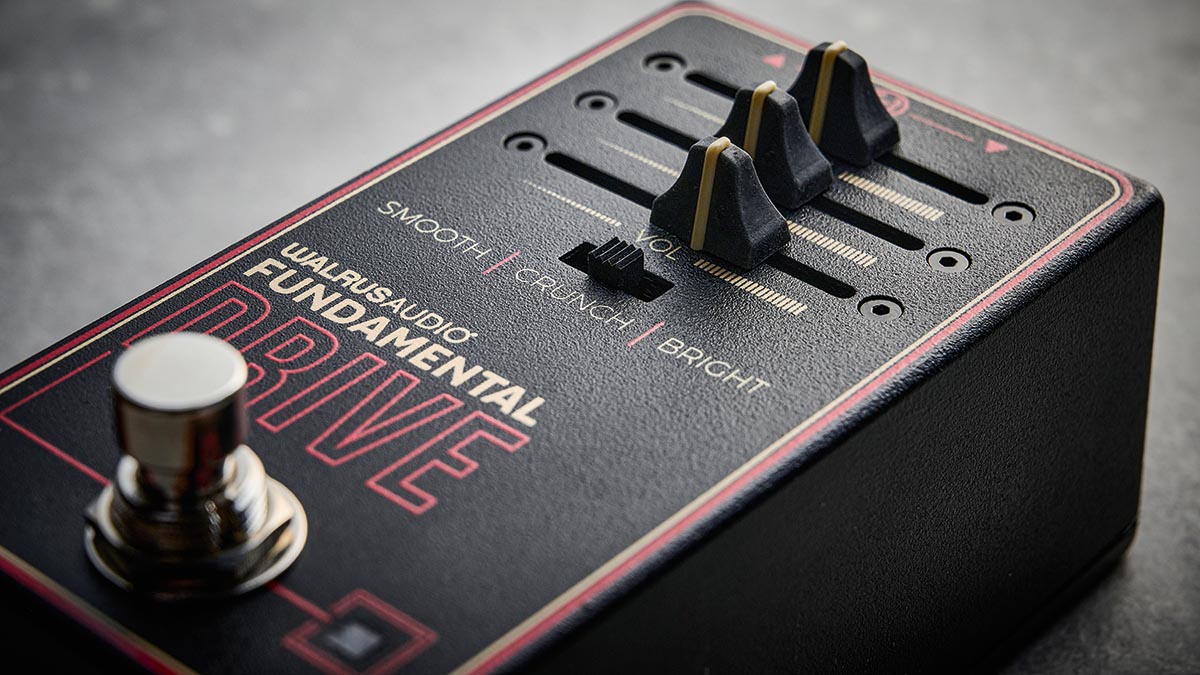
Tremolo, Chorus, Phaser
Tremolo is apparently a favourite effect of Walrus Audio mainman, Colt Westbrook, so it had to be included here. The three modes present different wave shapes. Sine offers the sort of classic rounded flutter and throb you’d find built into a vintage amp, while the Square mode has a harder-edged on/off stutter.
Perhaps not one for the purists, Random mode seems to take liberties with the rate of the square wave sound, spitting it out in random patterns. There’s plenty of depth and rate variation and we really like that the Volume slider has plenty of output for dialling in a boost.
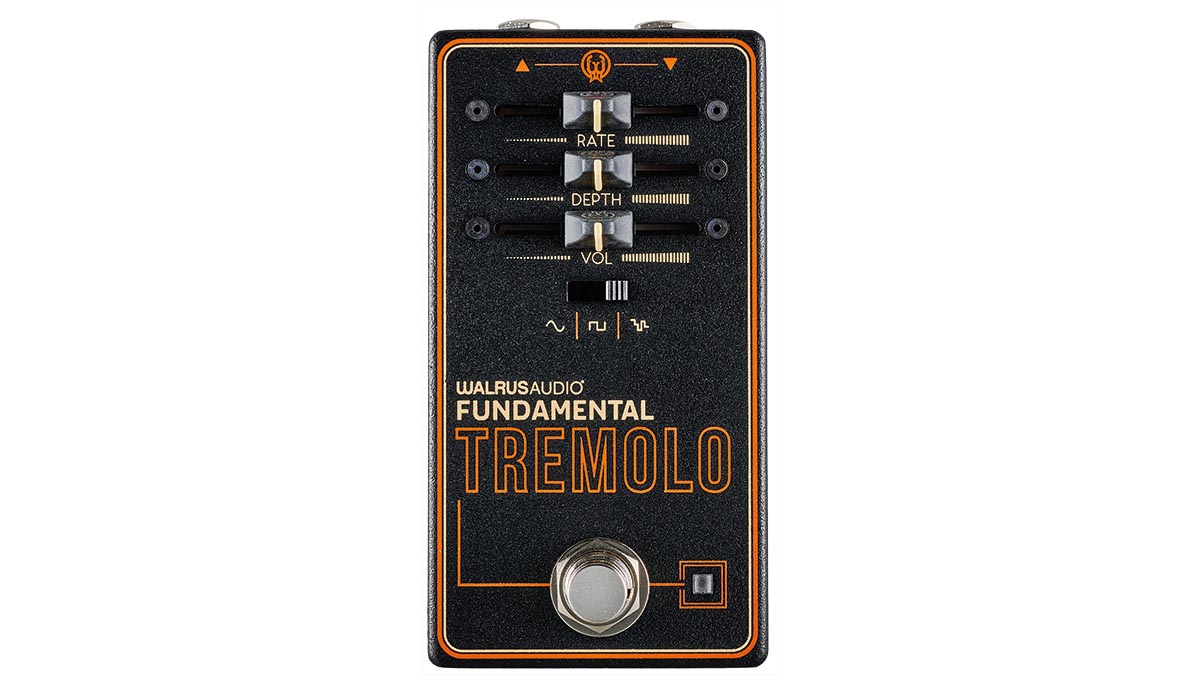
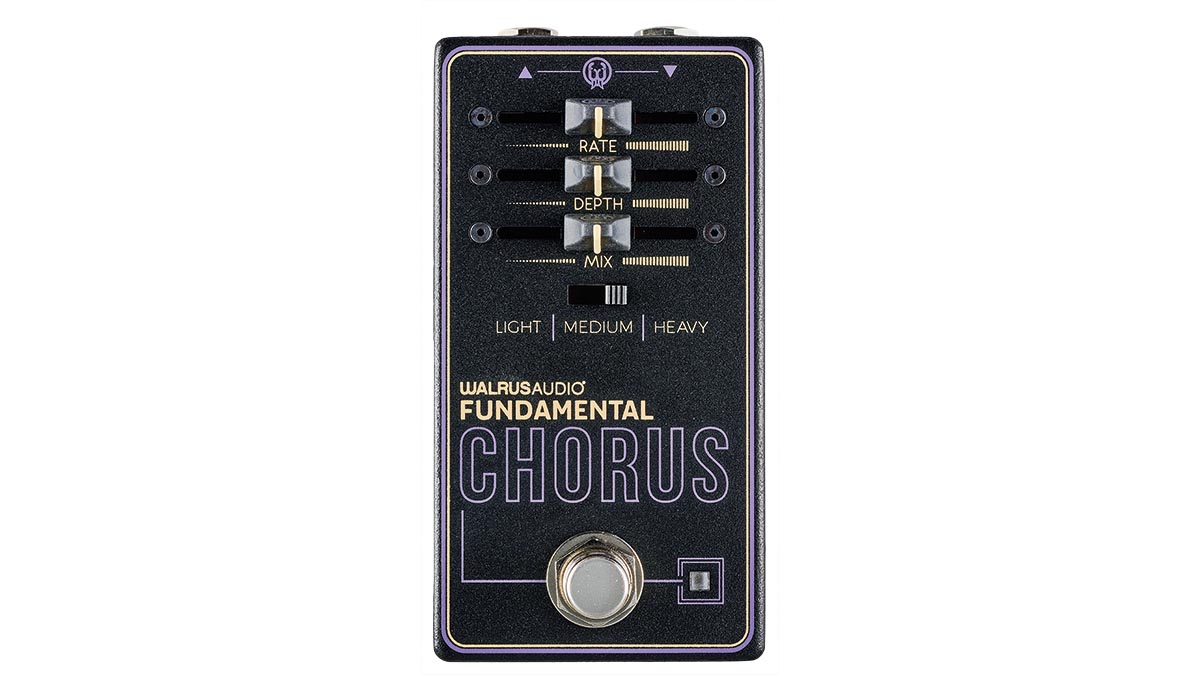
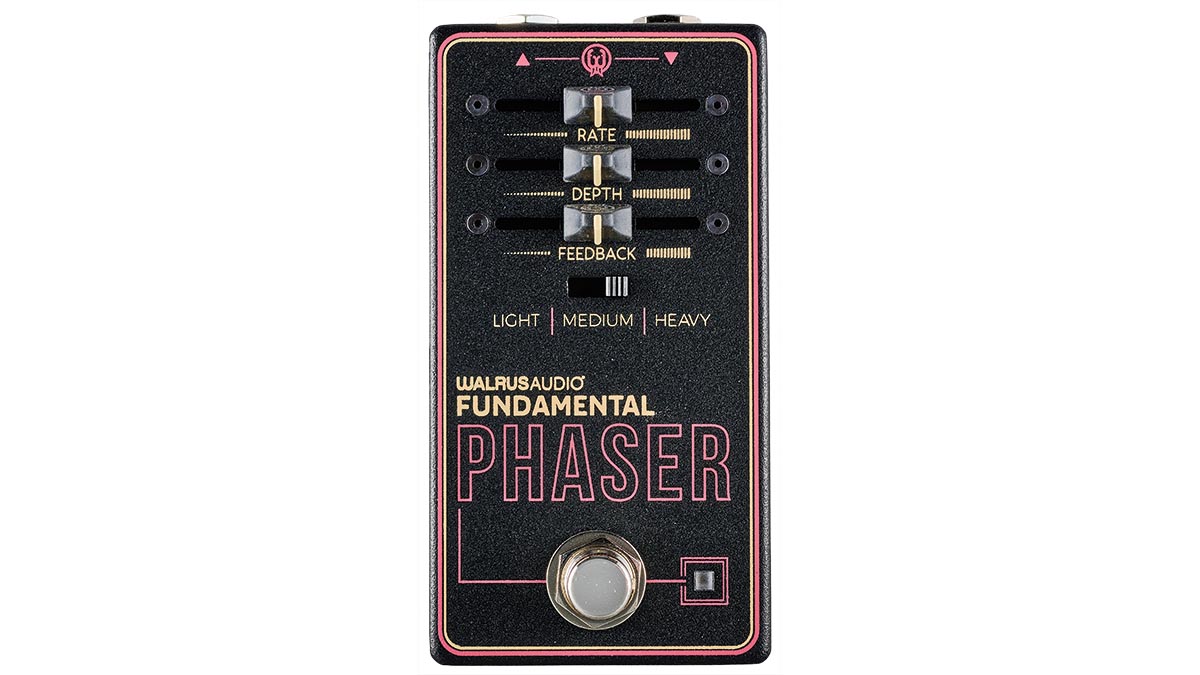
The Fundamental Phaser is a very decent digital emulation of a classic phaser with plenty of variation with its Light, Medium and Heavy modes and a Feedback control that can dial in a useful degree of metallic mayhem.
Another digital pedal, the Fundamental Chorus aims to recreate the classic bucket-brigade modulation of an analogue chorus in Light, Medium and Heavy flavours.
Light is reminiscent of a typical 1980s chorus pedal with a range of familiar sounds available by adjusting the standard rate and depth controls, but you also get a Mix parameter for more flexibility, from a light dusting of chorus applied to your dry sound, through to vibrato. Medium mode ups the modulation strength by adding further taps, while Heavy takes you straight to the ’80s LA studio scene with its take on the tri-chorus effect.
Delay and Reverb
Okay, we’ve had the dirt and modulation, how about some ambience at the end of your chain? The Delay is a digital pedal with three algorithms. The basic Digital delay is as clean and straight as it comes, while Analog mode is an emulation of bucket-brigade delay pedal sounds, so you get slightly degraded repeats that blend nicely into your signal.
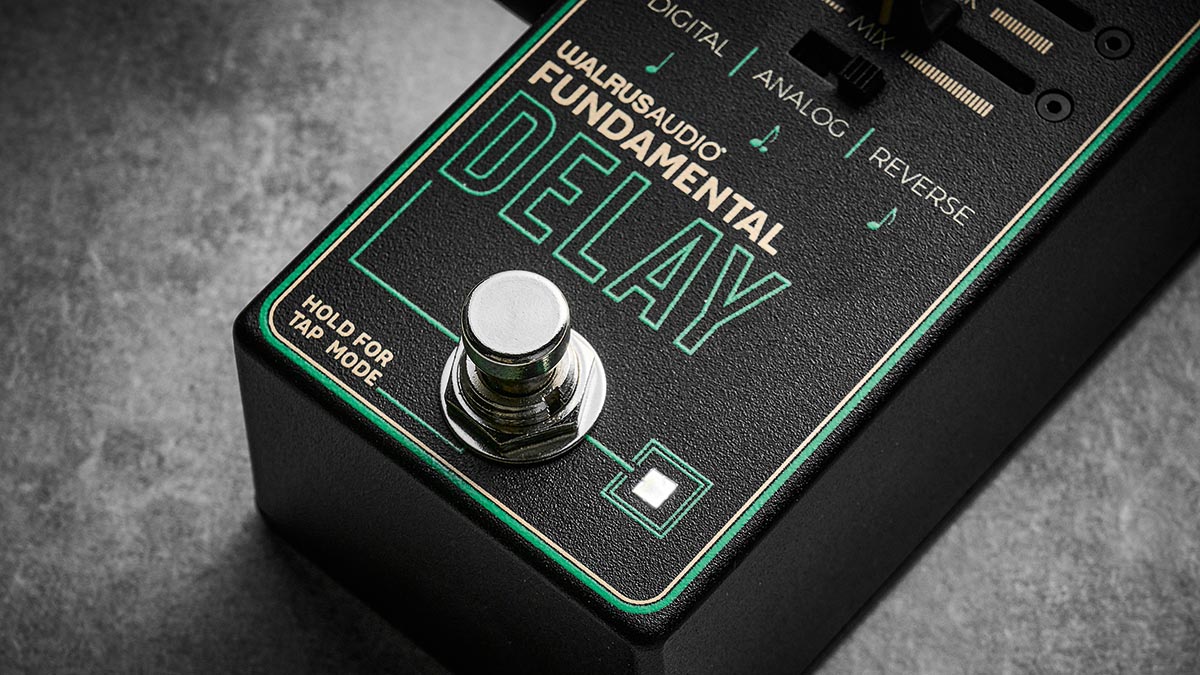
The third mode, Reverse, offers slinky reverse delays and is where the Mix slider comes into its own, set at or towards fully wet. While the slider to set the delay time is perfectly functional, you can override it by using the footswitch in tap tempo mode.
The last link in the chain is the Fundamental Reverb, which offers up three algorithms – Hall, Spring and Plate – which should adequately cover all your meat ’n’ potatoes ambience needs.
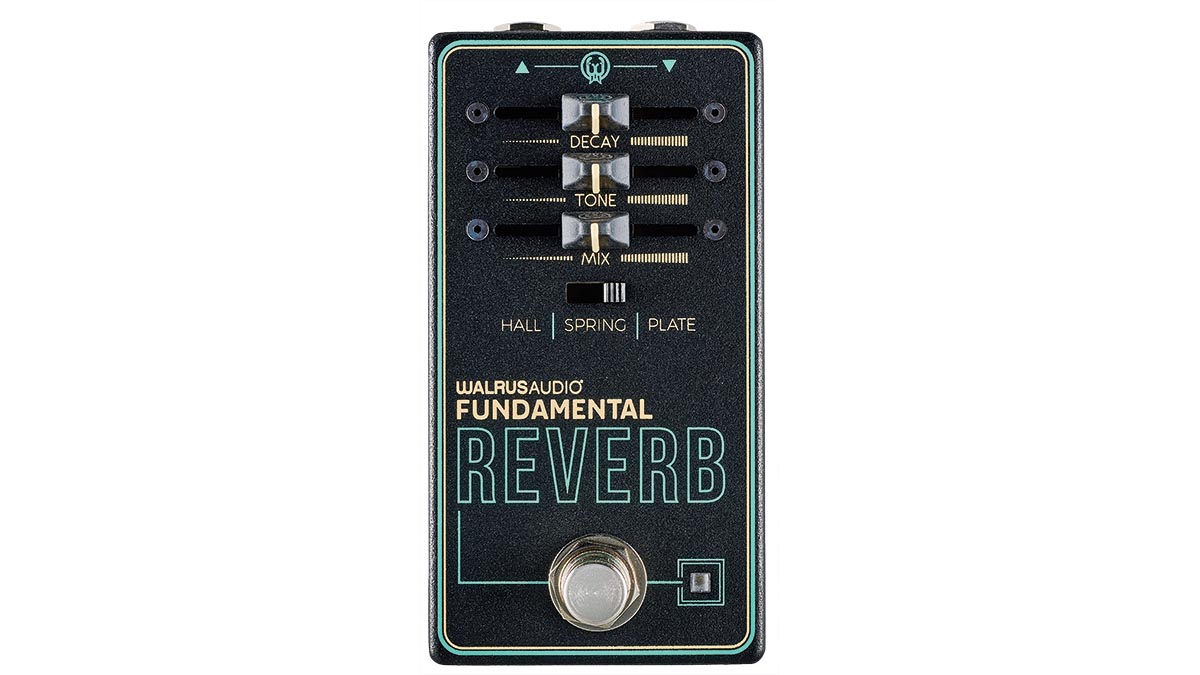
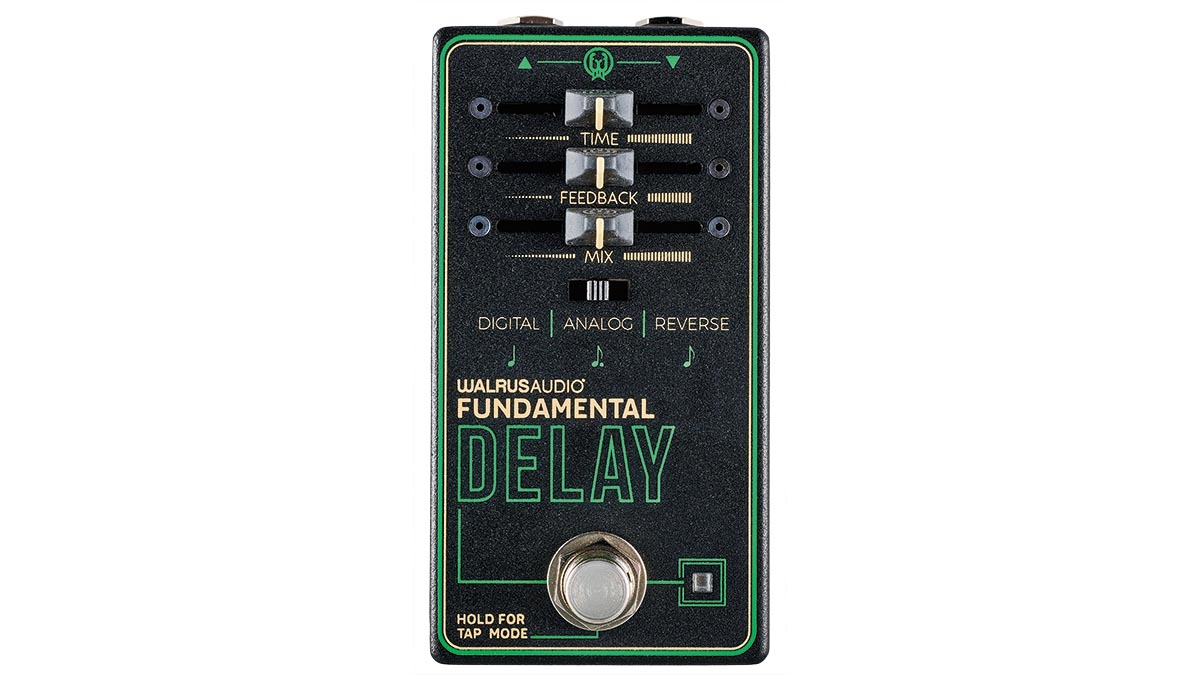
All three of these sound great, with plenty of options as to how much reverb you get with the Decay and Mix knobs, while the Tone knob allows you to dial in the darkness or splashiness to sit it right in and complement your core tone. Versatile.
Specs
- PRICE: $99/£95 (Drive, Distortion, Fuzz); $129/£125 (Tremolo, Chorus, Phaser, Delay, Reverb)
- ORIGIN: USA
- FEATURES: True bypass (Drive, Distortion, Fuzz, Tremolo), Buffered bypass (Chorus, Phaser, Delay Reverb), Delay tap tempo
- CONNECTIONS: Standard input, standard output
- POWER: 9V DC adaptor (not supplied)
- DIMENSIONS: 60 (w) x 116 (d) x 56mm (h)
- DRIVE CONTROLS: Gain, Tone, Volume, Smooth/Crunch/Bright switch, Bypass footswitch
- DISTORTION CONTROLS: Gain, Tone, Volume, Dark/Silicon/LED switch, Bypass footswitch
- FUZZ CONTROLS: Gain, Tone, Volume, Gate/Classic/Mid+ switch, Bypass footswitch
- TREMOLO CONTROLS: Rate, Depth, Volume, Sine/Rectangle/Random switch, Bypass footswitch
- CHORUS CONTROLS: Rate, Depth, Mix, Light/Medium/Heavy switch, Bypass footswitch
- PHASER CONTROLS: Rate, Depth, Feedback, Light/Medium/Heavy switch, Bypass footswitch
- DELAY CONTROLS: Time, Feedback, Mix, Digital/Analog/Reverse switch, Bypass footswitch
- REVERB CONTROLS: Decay, Tone, Mix, Hall/Spring/Plate switch, Bypass footswitch
- CONTACT: Walrus Audio
Trevor Curwen has played guitar for several decades – he's also mimed it on the UK's Top of the Pops. Much of his working life, though, has been spent behind the mixing desk, during which time he has built up a solid collection of the guitars, amps and pedals needed to cover just about any studio session. He writes pedal reviews for Guitarist and has contributed to Total Guitar, MusicRadar and Future Music among others.
“The original Jordan Boss Tone was probably used by four out of five garage bands in the late ’60s”: Unpacking the gnarly magic of the Jordan Boss Tone – an actual guitar plug-in that delivers Dan Auerbach-approved fuzz
“This is a powerhouse of a stompbox that manages to keep things simple while offering endless inspiration”: Strymon EC-1 Single Head dTape Echo pedal review












